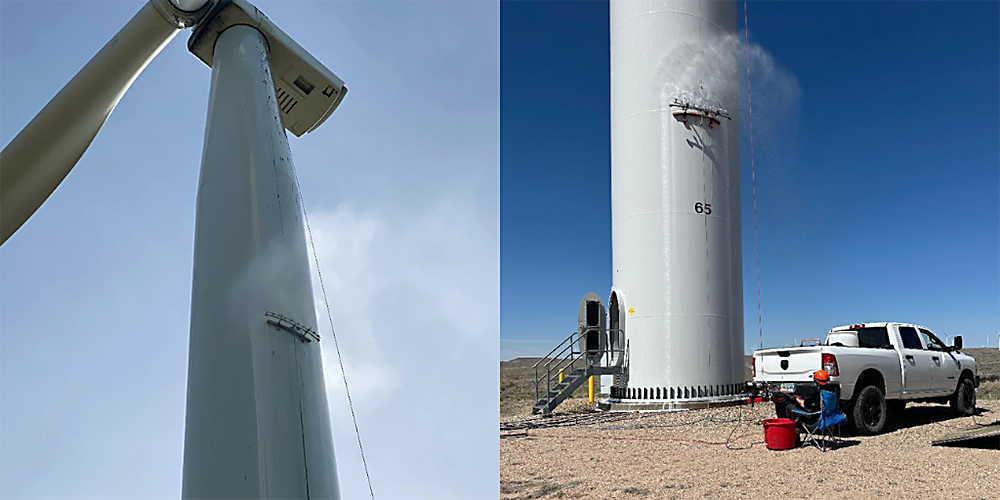
Rope Partner, the premier provider of rope access and blade services for wind turbines, has acquired Gladiators Cleaning, an industrial cleaning company. The acquisition will allow Rope Partner to expand its offering to include cost effective and low environmental impact cleaning solutions for internal and external towers as well as nacelles and blades.
Rope Partner has been serving the wind power industry since 2001 and has experience in at-height maintenance, inspection and performance enhancing aftermarket services that require specialized access approaches. The company’s extensive experience has helped clients across the globe with blade repair and improvements, tower mechanical and inspection scopes, reducing down time and maximizing output.
“Since partnering with Gladiators in 2019, our clients have capitalized on our offering of internal and external tower cleanings, including blades and nacelles with much success. Acquiring Gladiators furthers our ability to better amortize technician mobilizations and reduce standby by offering the ability to complete more work scopes in a single site visit. We are very focused on being the ‘Tip of the Spear,’ bringing new products and services to our customers and this patented solution is yet another value add that we will offer our customers,” said Eric Stanfield, CEO of Rope Partner.
“I have very high confidence in our combined value given our previous work history with Rope Partner. Their operational prowess and relationships matched with our technology and experience has resulted in further refinement of our offering across many successful projects. We are very enthusiastic about this new venture as one company,” said Broque Fraughton, owner of Gladiators Cleaning Services.
The acquisition of Gladiators, the leader in wind turbine power-washing, will help keep cleaning projects on schedule no matter how dirty the wind turbine. This patented cleaning tool uses citrus-based cleaners and microbes to eliminate hydrocarbons, along with extensive wastewater removal measures.
MORE INFO https://www.ropepartner.com/
















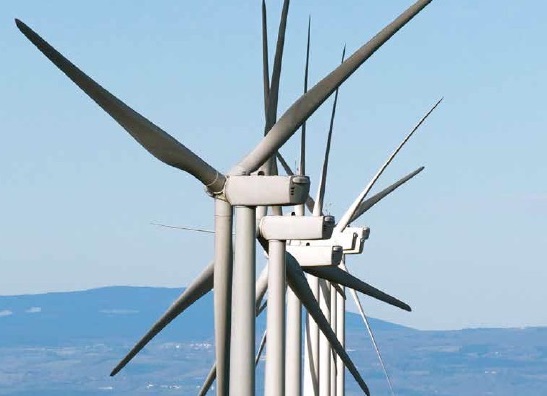
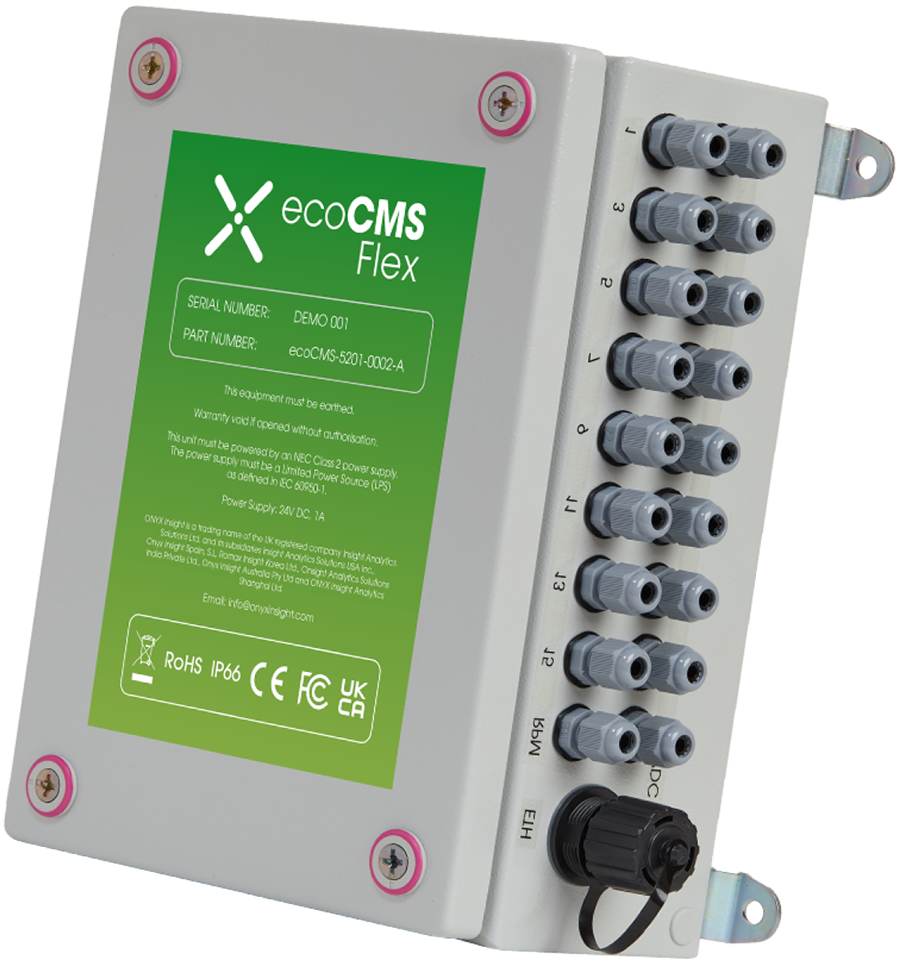 ONYX Insight recently launched a revolutionary new condition monitoring system, ecoCMS Flex, which will allow operators to upgrade their legacy CMS (conditioning monitoring services) systems affordably with rapid plug-in technology.
ONYX Insight recently launched a revolutionary new condition monitoring system, ecoCMS Flex, which will allow operators to upgrade their legacy CMS (conditioning monitoring services) systems affordably with rapid plug-in technology.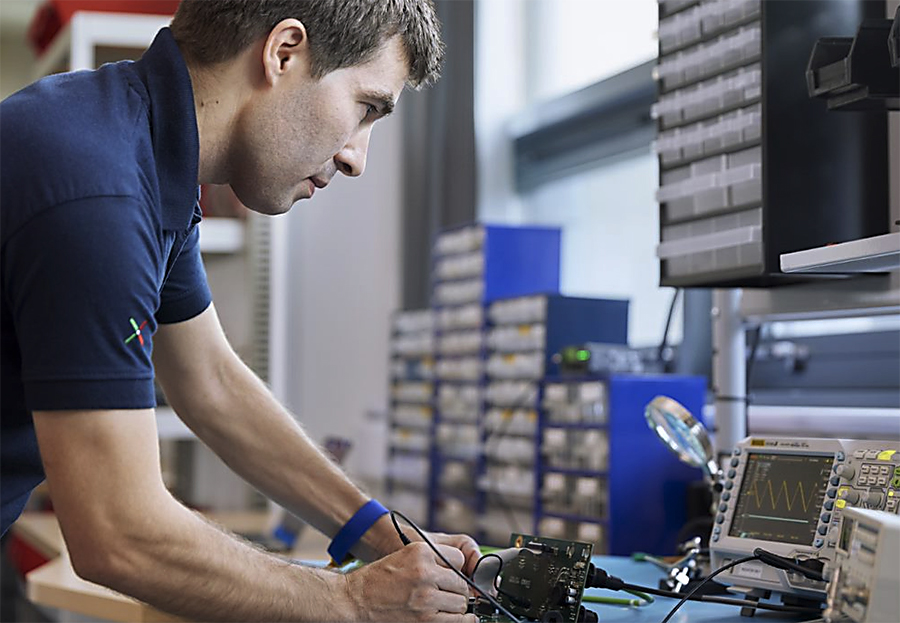
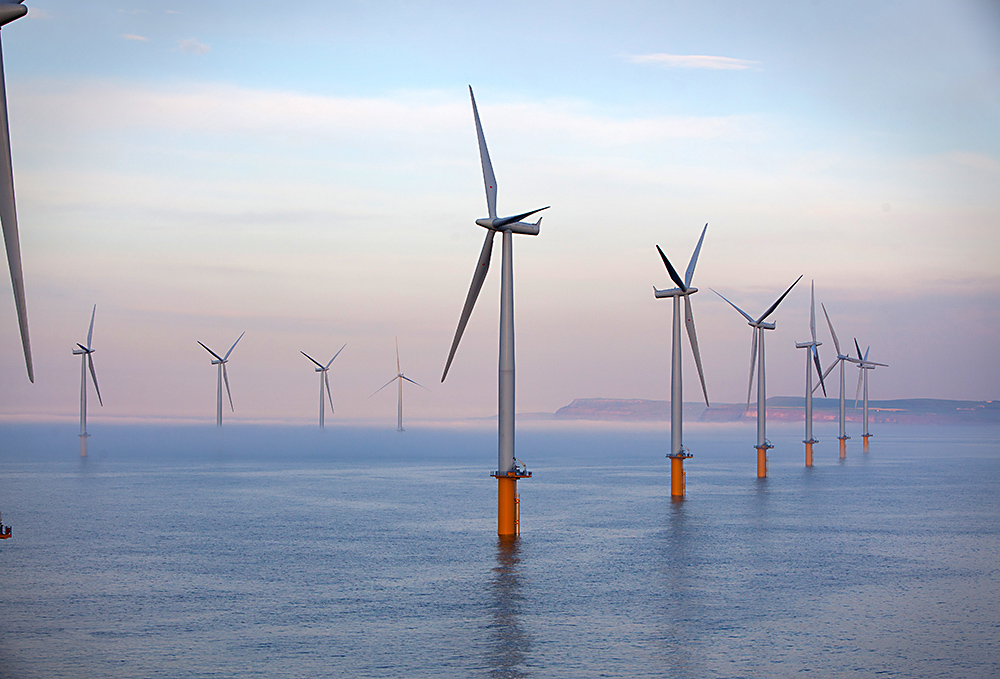
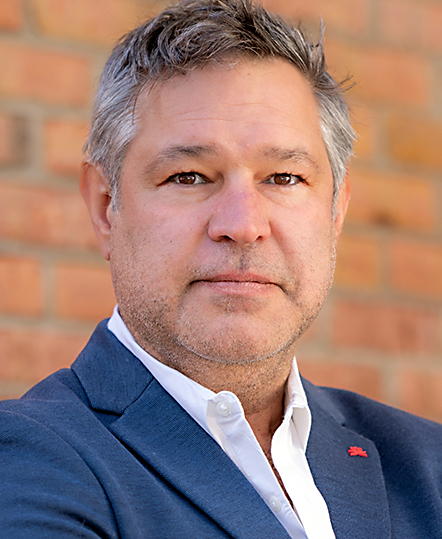
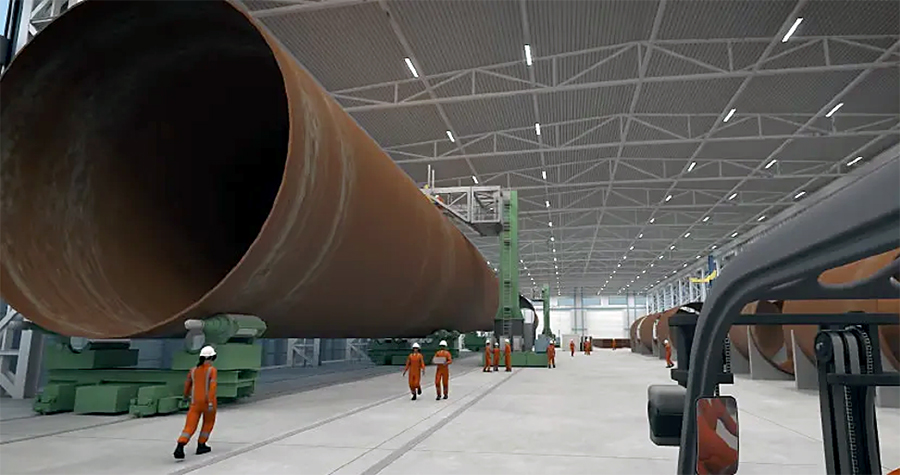
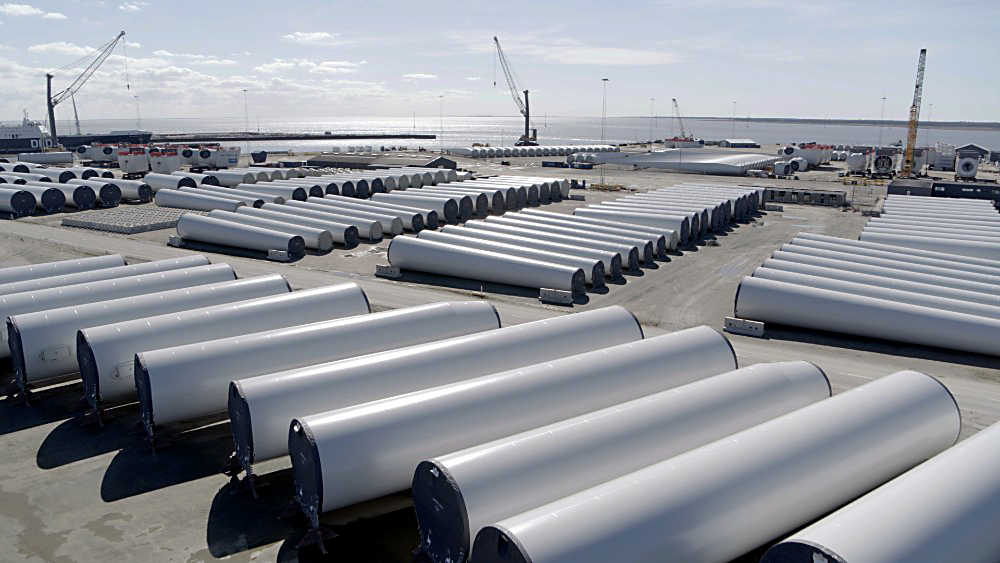
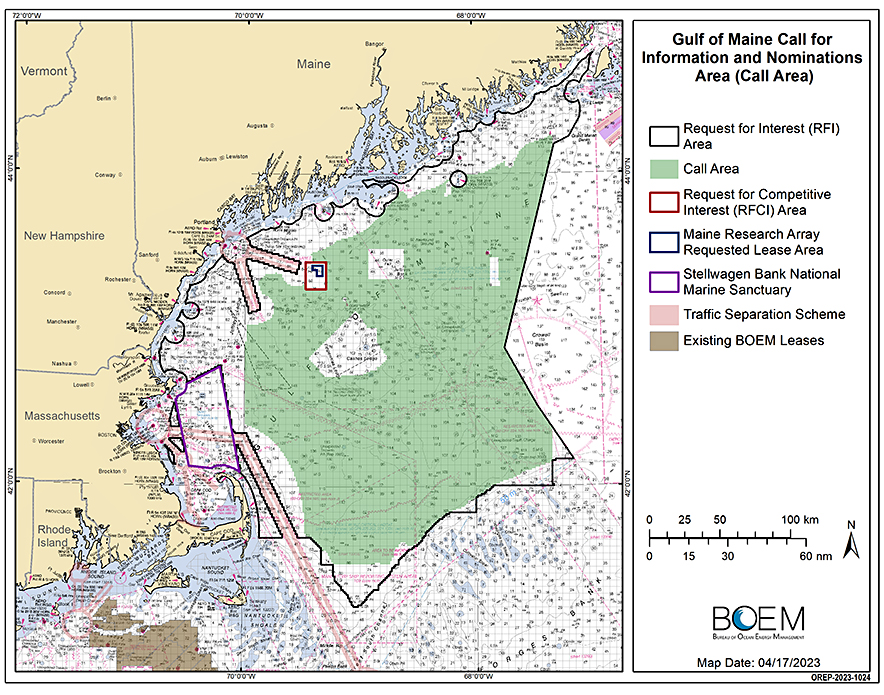 As part of the Biden-Harris administration’s goal of deploying 30 GW of offshore wind energy capacity by 2030, the Bureau of Ocean Energy Management (BOEM) recently announced the publication of its Gulf of Maine Call for Information and Nominations. This Call invites public comment on, and assesses interest in, possible commercial wind-energy development in areas offshore Massachusetts, New Hampshire, and Maine.
As part of the Biden-Harris administration’s goal of deploying 30 GW of offshore wind energy capacity by 2030, the Bureau of Ocean Energy Management (BOEM) recently announced the publication of its Gulf of Maine Call for Information and Nominations. This Call invites public comment on, and assesses interest in, possible commercial wind-energy development in areas offshore Massachusetts, New Hampshire, and Maine.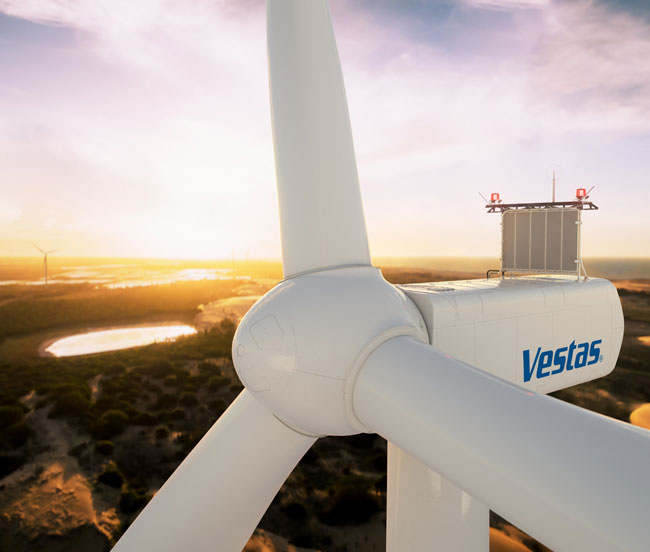
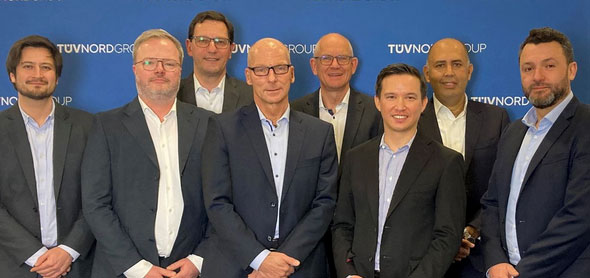
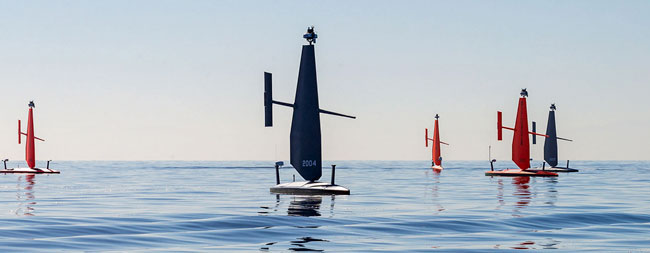

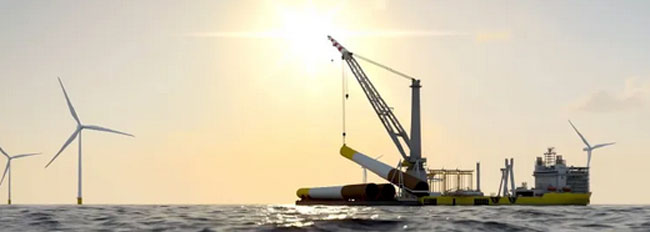

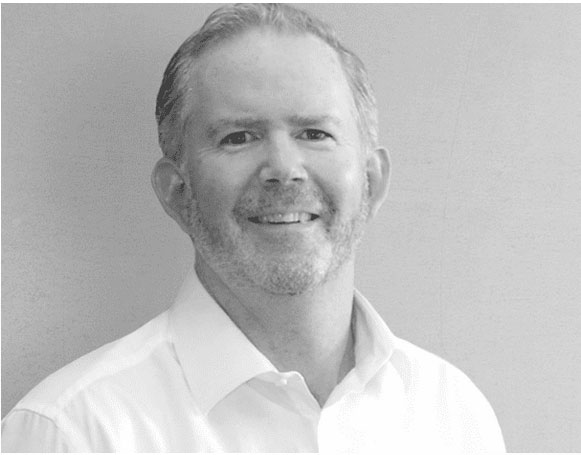

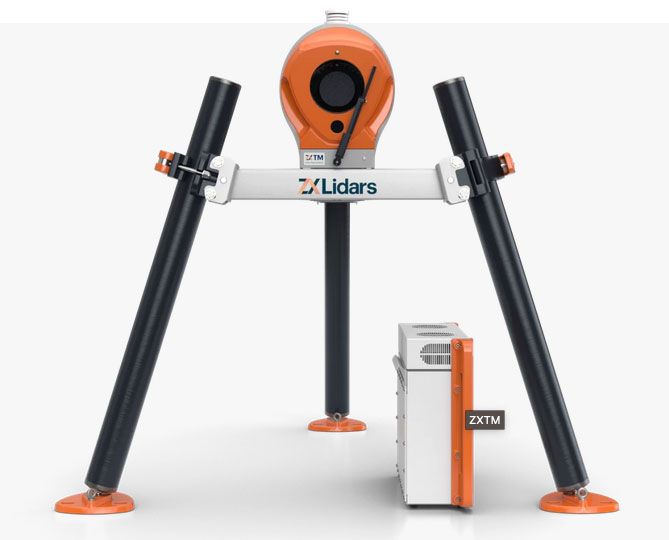
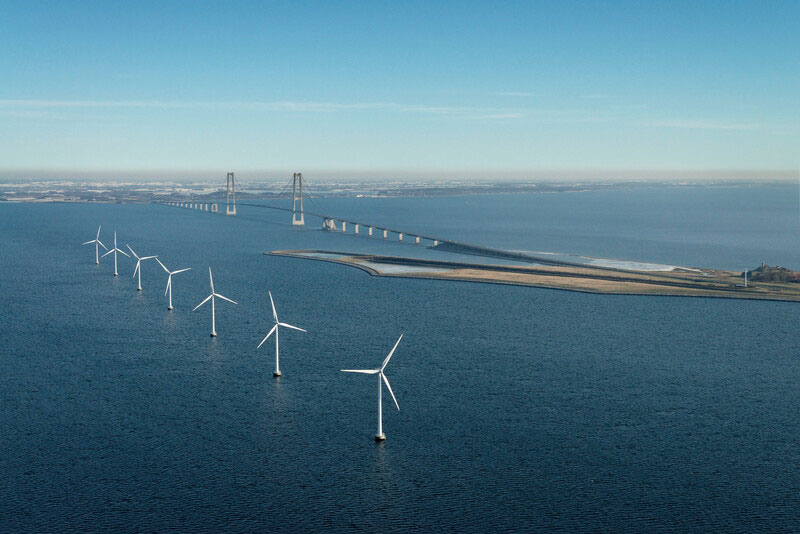
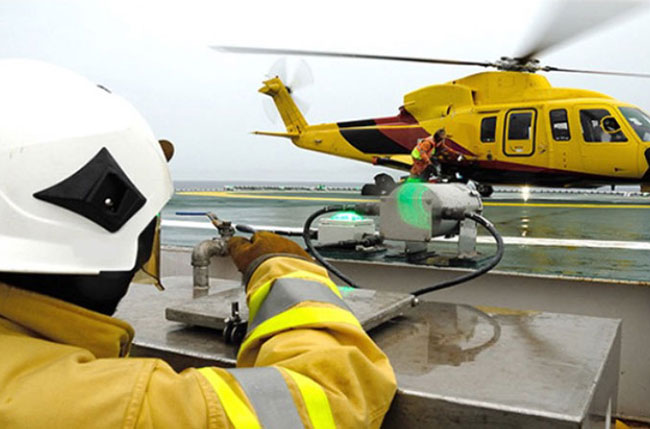
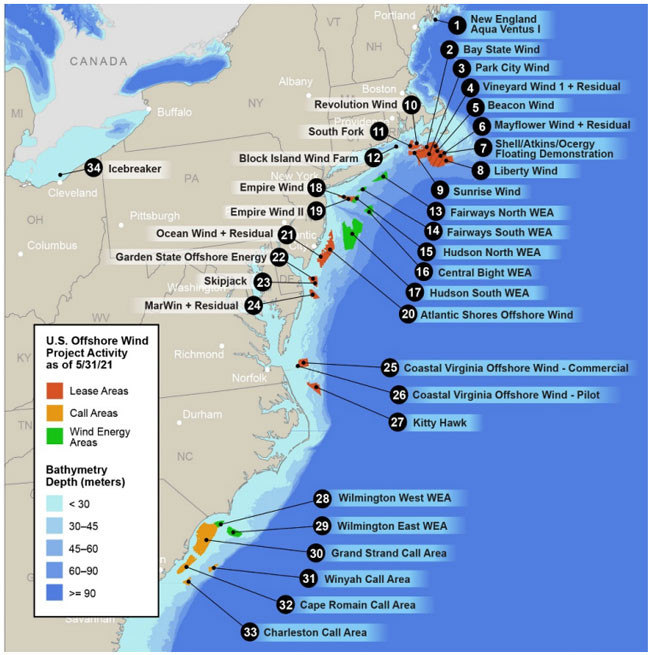 In particular, more flexibility on surveys in construction and operations plans (COPs) will simplify the permitting and approval process.
In particular, more flexibility on surveys in construction and operations plans (COPs) will simplify the permitting and approval process.







